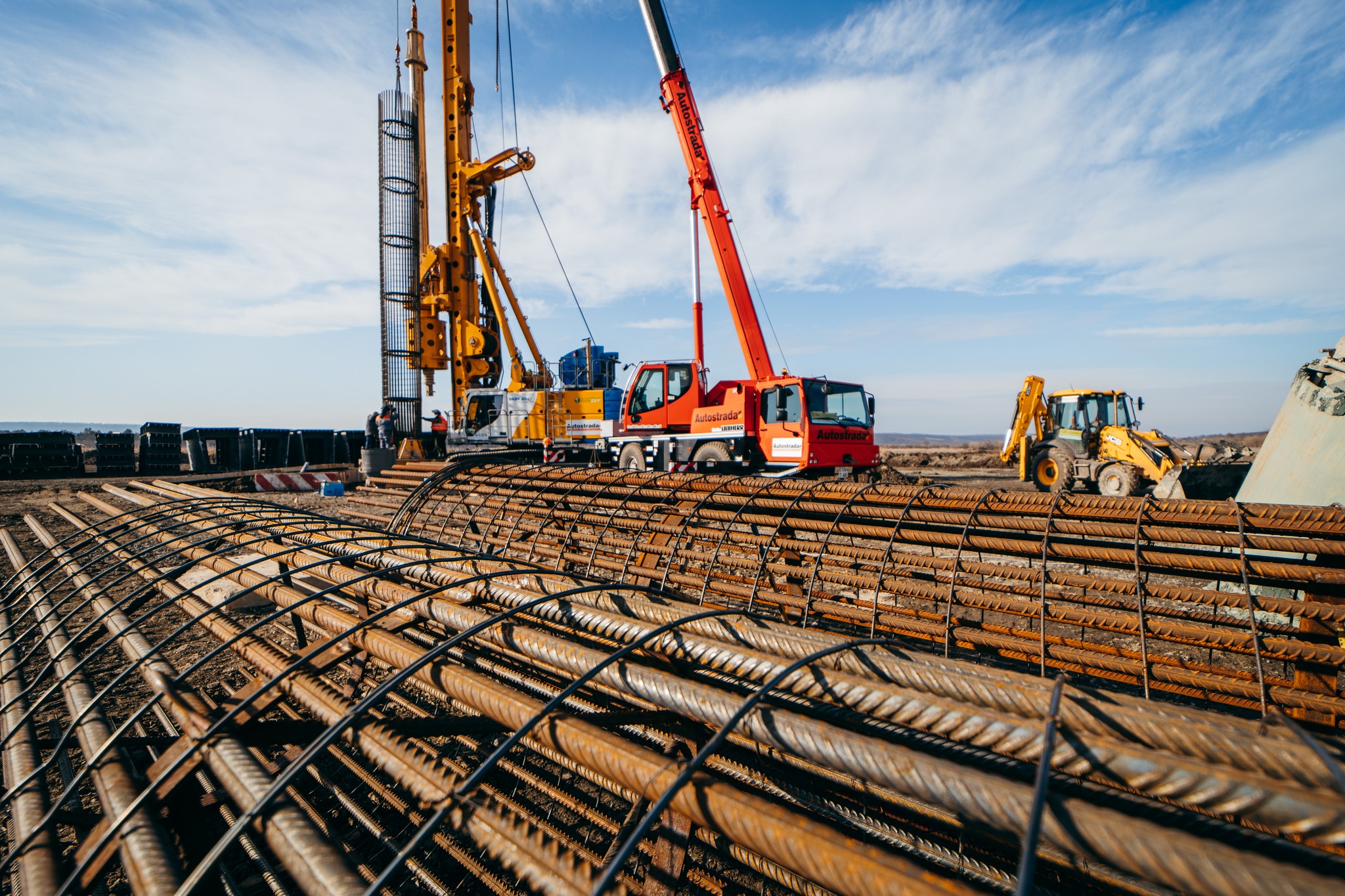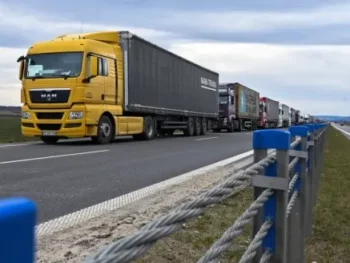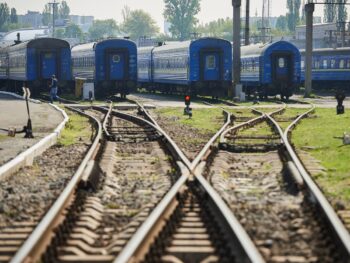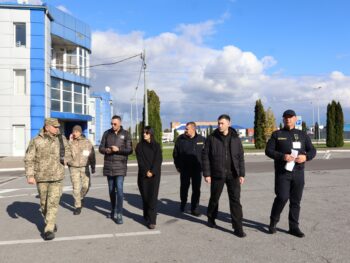July was marked by active work on reforms and modernisation of integrated border management. We note the strengthening of interagency and international cooperation: at an off-site meeting of the relevant Verkhovna Rada committee on the Ukrainian-Moldovan border, key checkpoints and the site of the future bridge across the Dniester were inspected, underscoring the importance of infrastructure modernisation and joint control.

The movement of people and goods in July was accompanied by a seasonal increase in passenger traffic and repairs at the border, which led to temporary restrictions. Despite this, in the first half of 2025, Ukraine’s trade turnover grew to $58.3 billion (38.3 billion in imports and 20 billion in exports). Imports are shifting towards goods with a lower tax burden, while VAT and excise revenues ensure stable growth in customs payments.
Legislation is being strengthened: Law No. 4323 IX has been adopted, introducing individualised penalties for customs violations, and a decision has been made to unify customs registers. The updated customs control post has already identified hundreds of potential violations. Digital tools are playing an increasingly important role: the online office for international routes has reduced registration time, a ‘Risk Profile Manager’ system is being developed, and the volume of transit declarations in NCTS doubled in the second quarter; preparations have begun for the implementation of the sixth phase of NCTS in 2026.
Infrastructure modernisation continues: a modern waiting area is being launched in Odesa near the Reni-Giurgiulesti checkpoint, a high-capacity bus route has been opened on the Ukrainian-Romanian border, and engineering equipment has been received from Germany for the construction of border roads. The level of service is also improving: 64.7% of respondents cross the border in less than 30 minutes, and the average quality rating is 3.9 out of 5.
Overall, July showed that Ukraine, despite seasonal challenges, is moving confidently towards European integration: reforming the customs system, introducing digital services and upgrading infrastructure, bringing it closer to European standards.
Read more in the latest digest here.





